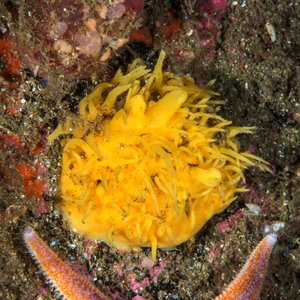Project: SUSTAIN-AQUA

| Period | 01. januar 2017 - 31. desember 2020 |
|---|---|
| Financed by | The Research Council of Norway |
| Partner(s) | Akvaplan Niva AS, Geological Survey of Norway NGU), Department of Fisheries and Oceans (Canada), Cawthron Institute (New Zealand) |
| Projects is lead by | Nigel Keeley |
This project studies the environmental tolerances of the dominant and potentially important marine fauna of these habitats (e.g. sponges, corals, anemones etc.). The goal is to identify alternative biological indicators of ecosystem effects, to facilitate the development of a defensible method for environmental monitoring. Two alternate approaches are being explored; one based on visual indicators of enrichment, and the other utilizing modern next-generation sequencing techniques (environmental DNA) to describe the associated microbial communities. This project aims to increase capability for better predicting spatial extent of effects so that impacts to ecologically sensitive or valuable habitats can be avoided. This part of the study involves developing new model input parameters and then improving and testing two of Norway's leading depositional models.
To date, this study has characterized epifauna communities found in the Altafjord area and developed a new cost-effective method for quantitative video surveys of benthic communities. Resulting data are being used to describe ecological changes and identify indicator species. Four target epifauna species (Hormathia digitata, Craniella sp., Drifa florida, Polymastia sp.) have been examined in translocation experiments to identify potential stress indicators using sensitive DNA and to assess waste utilization using fatty acid analyses procedures. An innovative substrate-independent benthic sampler has been developed to sample directly on hard substrates which is proving capable of elucidating organic enrichment gradients. Salmon feces decay and pellet break up experiments have been conducted to yield new input parameters for depositional models, which have been constructed for the three main study farms. So far, 2 manuscripts have been submitted for review, 3 are complete and ready for submission and 3 more are partially completed and should be submitted in the next 6-8 months.
Published: 21.10.2020 Updated: 03.12.2020
